6 of the easiest perennials to grow – for a flower filled garden without any fuss
What to grow for maximum beauty and minimal maintenance, according to garden designers
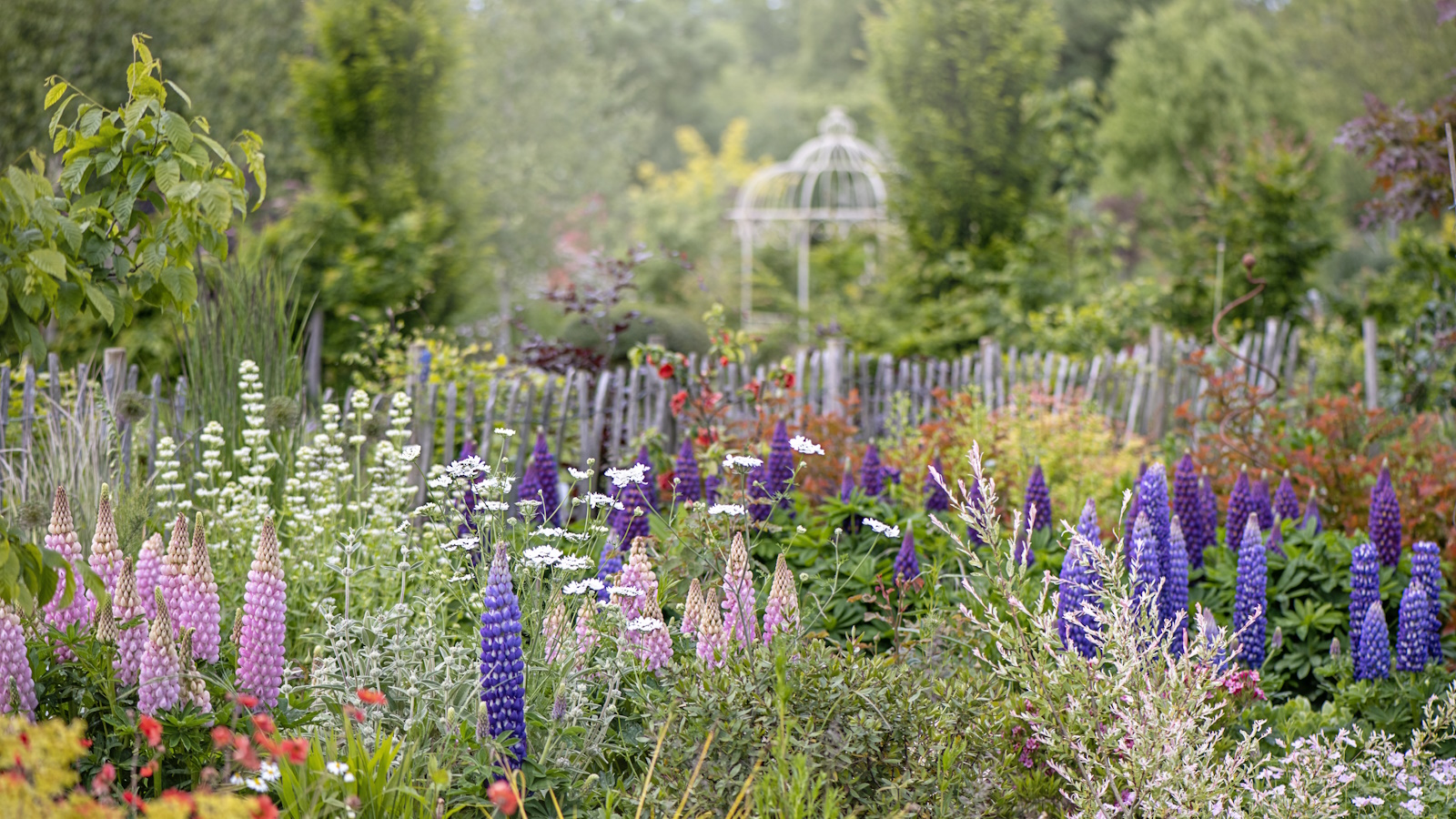
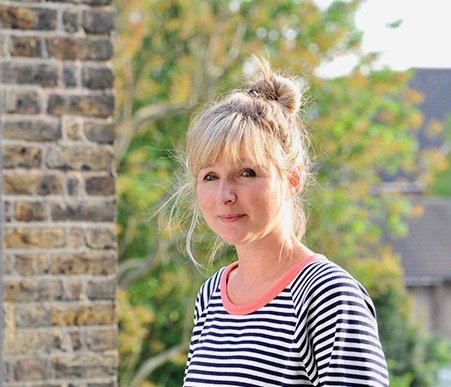
Love the idea of a flower-filled yard but don't fancy the back-breaking work involved in the upkeep? Choosing the easiest perennials to grow will ensure your outside space is full of colorful flowers that return each year, with minimal effort required from you.
The best perennials need little-to-no maintenance. This might be due to the plants' resilience or because they are a native species, adapted to the soil conditions and climate in your region. They may just require an annual trim and barely, if any, supplemental watering.
Green thumb or not, planting these easy perennials over others is more likely to lead to success, beauty and color in your yard, as well as pretty butterflies and birds coming to feed.
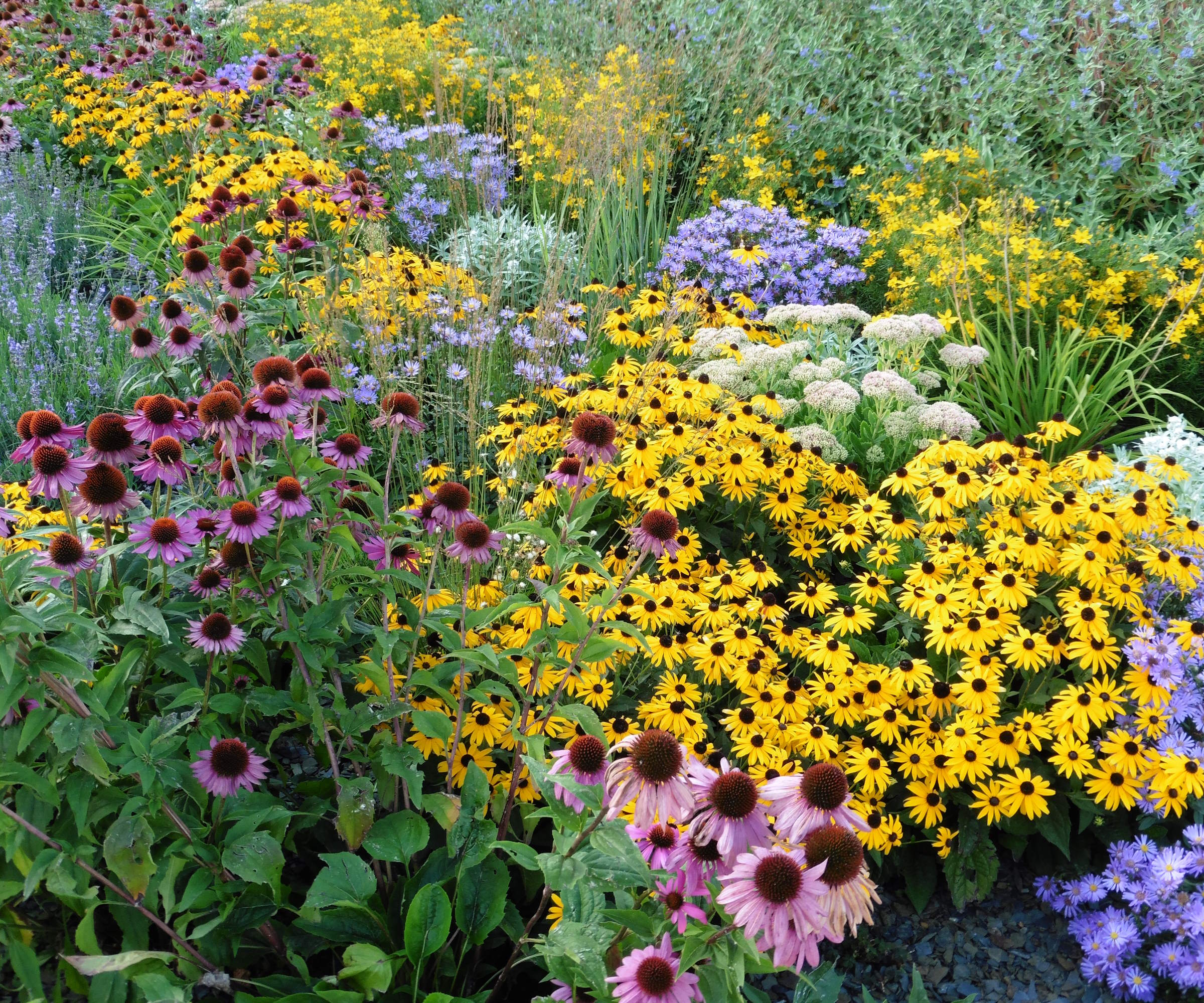
6 of the easiest perennials to grow
The perennials we have picked are low-maintenance plants and easy to grow whether you're a seasoned gardener or starting out. Many are great plants for pollinators too.
'The lowest maintenance plants will always be those that are native to your zone,' says David Angelov, master gardener and founder, Plant Parenthood. 'They tolerate the most sun fluctuation, water fluctuation and require the least amount of pruning, generally speaking. However, there are some perennials that aren't native yet grow easily and look beautiful.'

David Angelov is a Master Gardener and founder & CEO of Plant Parenthood, a fast-growing garden design, maintenance, and education company, based in Massachusetts.
1. Hyssop (Agastache) cultivars
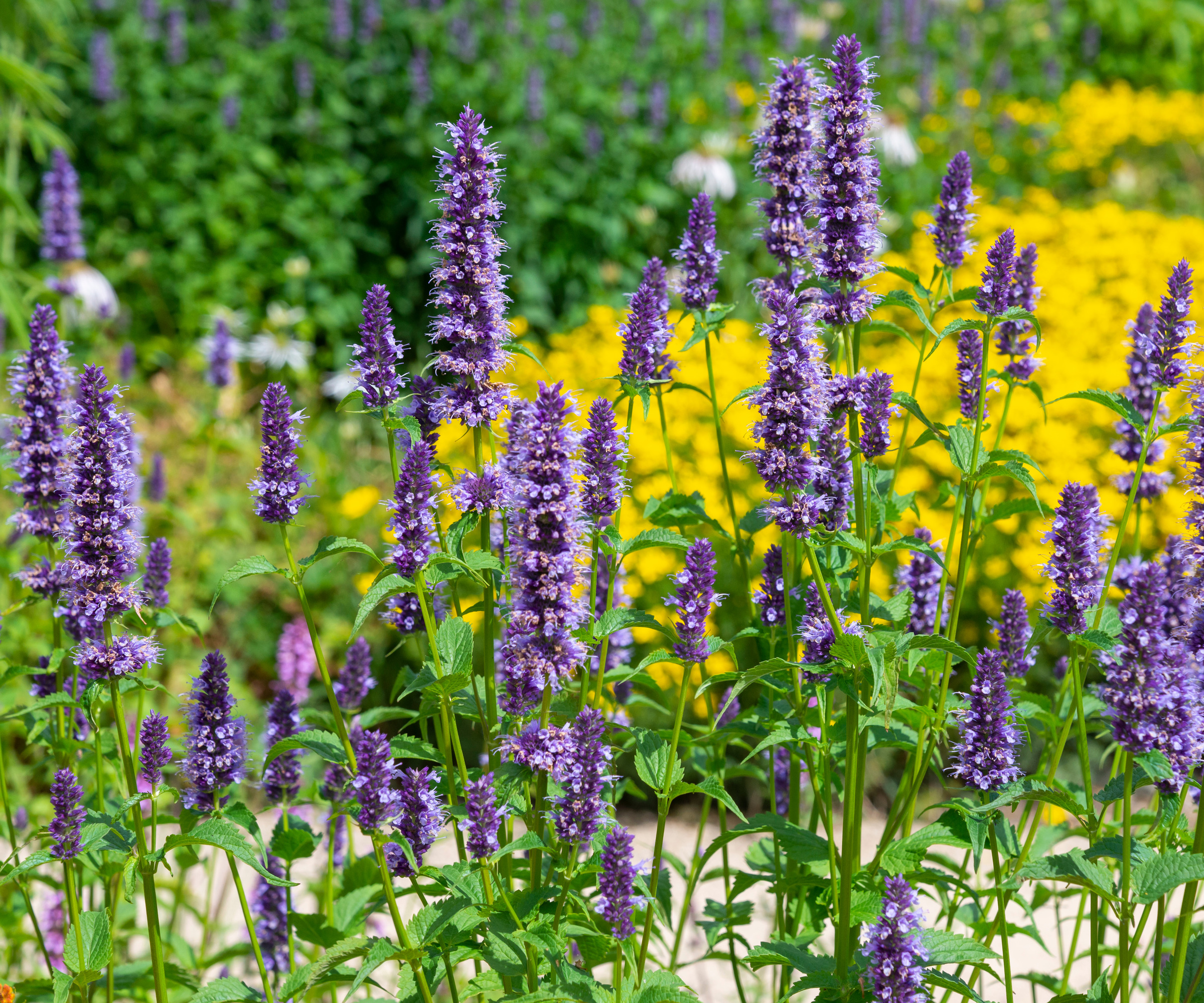
Also known as Anise Hyssop, this plant is another easy-to-grow herbaceous perennial. A member of the mint family, Hyssop is also an aromatic herb, so will bring scent, color and texture to your space. The flowers attract hummingbirds, bees and butterflies too, so this plant works hard in your yard, even if you don't have to. It's native to the southwestern United States, and Agastache cultivars are hardy in USDA zones 5-9.
'These xeric perennials provide long-lasting and showy blooms from July – October while needing little water, no fertilizer, and no deadheading,' says Amy Yarger, Senior director of horticulture, Butterfly Pavilion. 'Rabbits and deer don’t like to eat them, either.
'It’s hard to quibble with the brilliant sunset colors that last for months, as well as fragrant foliage. In our gardens at Butterfly Pavilion, this perennial is a magnet for long-tongued pollinators such as bumble bees, sphinx moths and hummingbirds.
'They like full sun and well-draining soil, but they’ve lived for over 20 years in our heavy clay soil. Our horticulture team just makes sure to let them dry out. Other than cutting them back in the spring when new growth appears, we don’t do anything to them.'
The Agastache Blue Boa from Burpee pushes out blueish purple blooms on showy spikes that last for months.

Amy Yarger is the senior director of horticulture at Butterly Pavilion, Colorado. She currently leads Butterfly Pavilion’s local pollinator habitat initiatives, which restores habitat in urban and suburban green spaces in Westminster and Broomfield. Amy has also installed pollinator habitat gardens throughout the community. Through habitat gardening and education, Amy hopes to create a closer connection to nature and a greater understanding about the need for biodiversity locally and globally.
2. Milkweed (Asclepias)

Often referred to as butterfly weed or milkweed, Asclepias is a host plant to the Monarch caterpillar and integral to the butterflies' survival, so it's one of the best plants for pollinators. It's also pretty, colorful and super easy to grow.
'Once established, milkweed doesn’t need much water or care,' says Amy. 'The only task a gardener might consider doing is collecting seeds, if they want to manage new seedlings in their landscape. But the way the seed fluff catches the autumn light is part of their appeal as well.
'Most gardeners grow milkweed specifically as a host for monarch butterflies (Danaus plexippus) but may not be aware that many insects rely on milkweed as food: milkweed bugs, milkweed longhorn beetles and many pollinators who visit the flowers.
'We grow multiple species of milkweed, and A. incarnata has been one of the favorite hosts for monarchs while still being well-behaved in our gardens. Even if you are not a bug fan, the flowers are fragrant, intriguingly architectural, and provide a nice pop of pink in the midsummer garden.
'Rose milkweed prefers well-draining soil and moist conditions but can tolerate dry conditions. It also prefers full sun. If you give it enough space to promote air circulation and water deeply to establish it, you won’t have to do much else once it’s in the ground.'
'The easiest milkweed to grow is whatever is native to your area,' says David Angelov. 'For us its Asclepias Syriaca. Tuberosa is also a good one, with a smaller flower. They don't need deadheading and will multiply flowers on their own.'
These Asclepias seeds from True Leaf Market will grow flowers native to the Eastern US; they are Non-GMO and can be started indoors in the spring.
3. Engelmann’s daisy (Engelmannia peristenia)
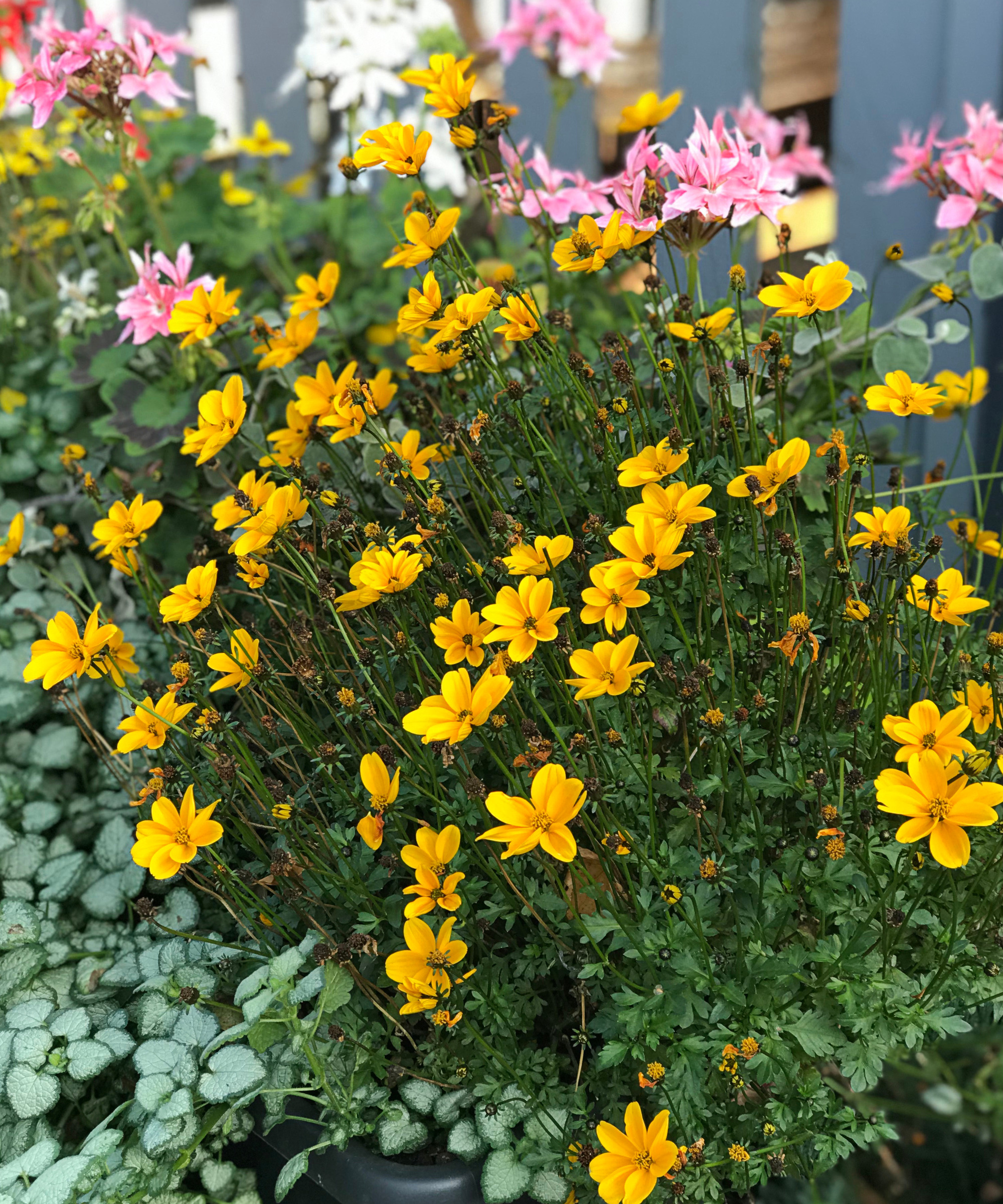
Engelmann’s daisies are native to the south-central United States, and hardy in USDA zones 5-10. They can grow in a variety of sites: most soil types, full or part sun, and moderate to dry moisture regimes. The pretty yellow flowers are a wonderful complement if you're considering wildlife garden ideas.
'This is a very resilient perennial that can thrive in many spots with minimal care,' says Amy. 'Engelmann's daisy provides long-lasting color and interest for very little work. I’ve been impressed by the length of the blooming season (May – frost), as well as the number of blooms.
'It’s rare to find a perennial this showy and tough. The cheerful yellow sunflower-like blossoms on delicate stems are visited by many native bees and butterflies as well.
'The only spots they don’t like are very moist and shady. Engelmann’s daisies are also deer and rabbit resistant, and the only maintenance required, is shearing to the ground in spring.'
4. Pineleaf penstemon (Penstemon pinifolius)
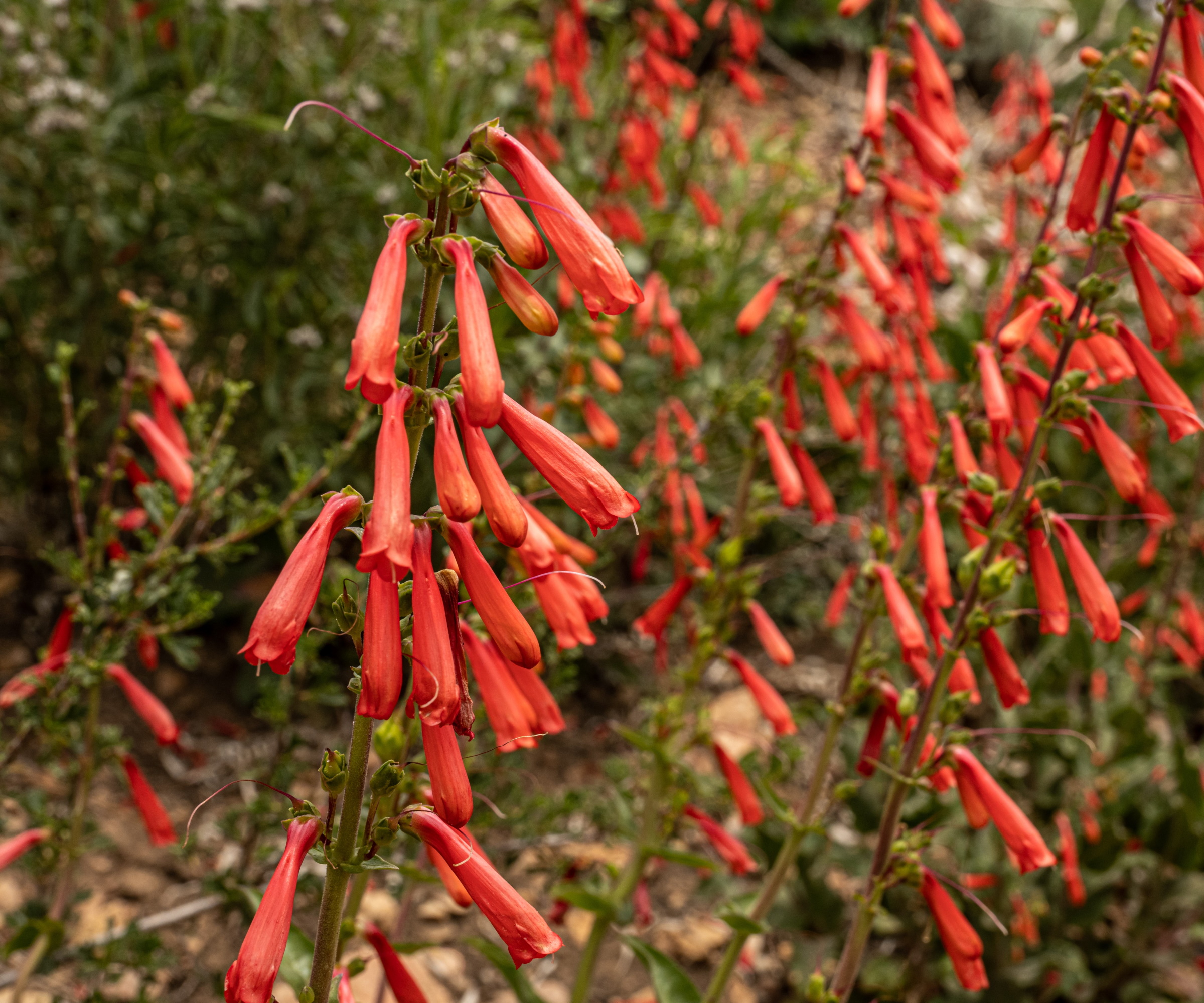
Consider pineleaf pestemon if you're looking for drought-tolerant planting ideas. As well as being easy to grow, this perennial requires little if any supplemental watering, once established. Native to the southwestern United States, pineleaf penstemons are hardy in USDA zones 4-10.
'This is a well-behaved, long-lived perennial that can function like a groundcover in xeric gardens,' says Amy. 'The plants form a dense mound which discourages weeds. And there are no serious pest or disease problems associated with this compact penstemon.
'With their semi-evergreen small needle-like leaves, they add texture to xeric gardens. These short mounding plants look great in the rock garden or xeric garden but are also adaptable for the front of a sunny border. I like them best for all the pollinators the trumpet-shaped flowers attract, including bumble bees and hummingbirds.
'We have both red and yellow forms growing in Butterfly Pavilion’s gardens, but growers are making some really nice orange ones available as well. Pineleaf penstemons prefer full sun and well-draining soil, but we’ve seen them bloom for over a decade in clay soil.
'Trimming spent flowers will promote a longer flowering season. No extra fertilization is needed, either.'
5. Hosta
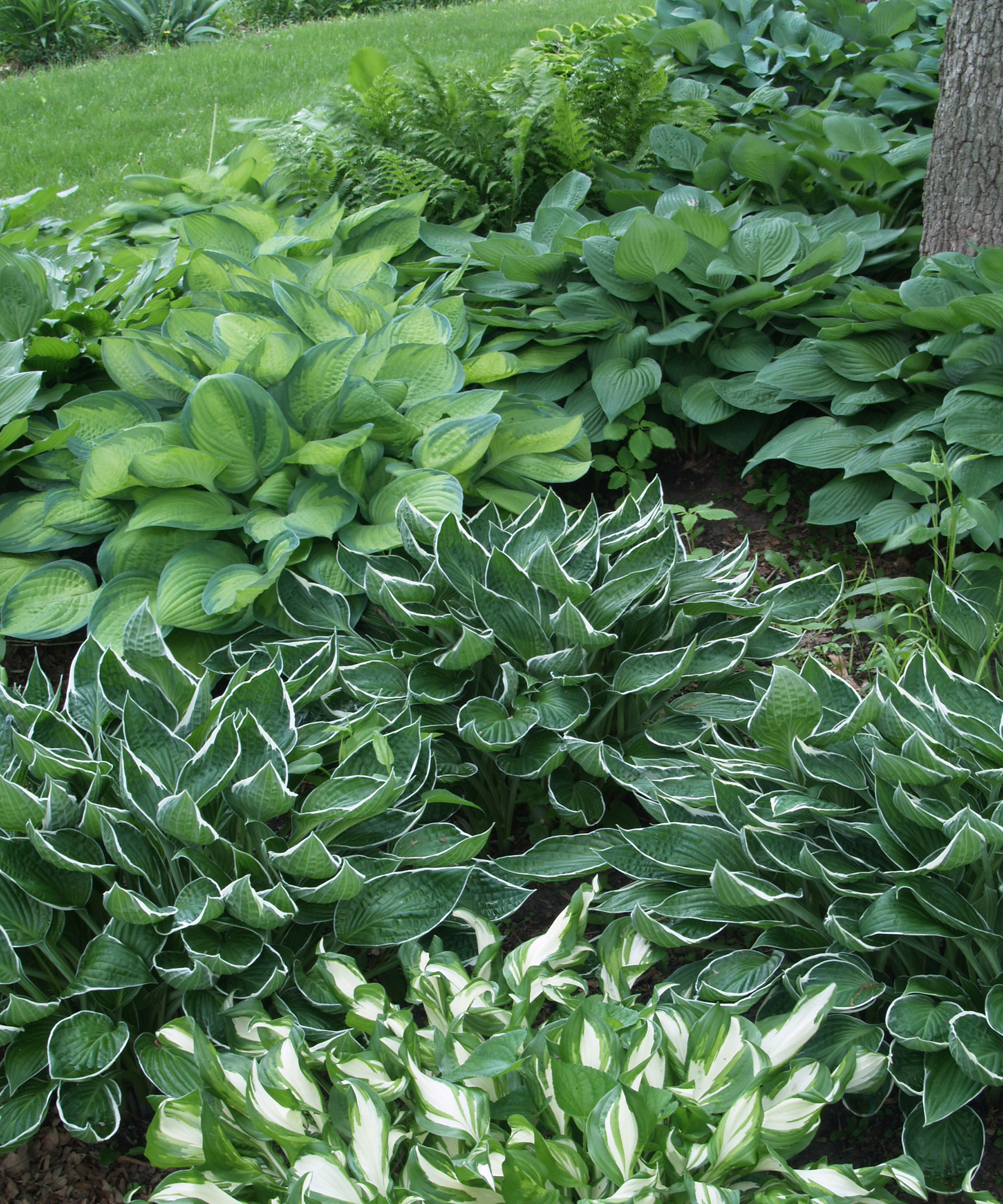
Hostas are beautiful herbaceous perennials, suitable for containers or beds, and ideal if you want to create a foliage border. With an enormous range of cultivars to choose from, hostas are available with leaves in various shapes, different shades of green and unusual variegations. With so many cultivars on offer, you'll have no trouble selecting one suitable for your soil type or garden style.
'Hostas aren't native but they are beautiful and can grow pretty much anywhere,' says David Angelov. 'I like to stick them in places where no other plants will grow. That might be an aggressive slop, a shady or dirty area, or just to fill a void in the garden - as to see green is better than to see brown.
'Hostas give great coverage and they're easy to grow, but in our zone, look out for the bunnies, when they are new shoots. Rabbits don't tend to eat hostas when they are mature but they will nibble the new ones. I always plant three rather than just one - you can always divide them later.'
The Hosta, Magic island from Burpee gradually changes color throughout the year. Its thick leaves are resistant to slugs and it develops lavender flowers in the summer which attracts hummingbirds.
6. Black Eyed Susan (Rudbeckia)
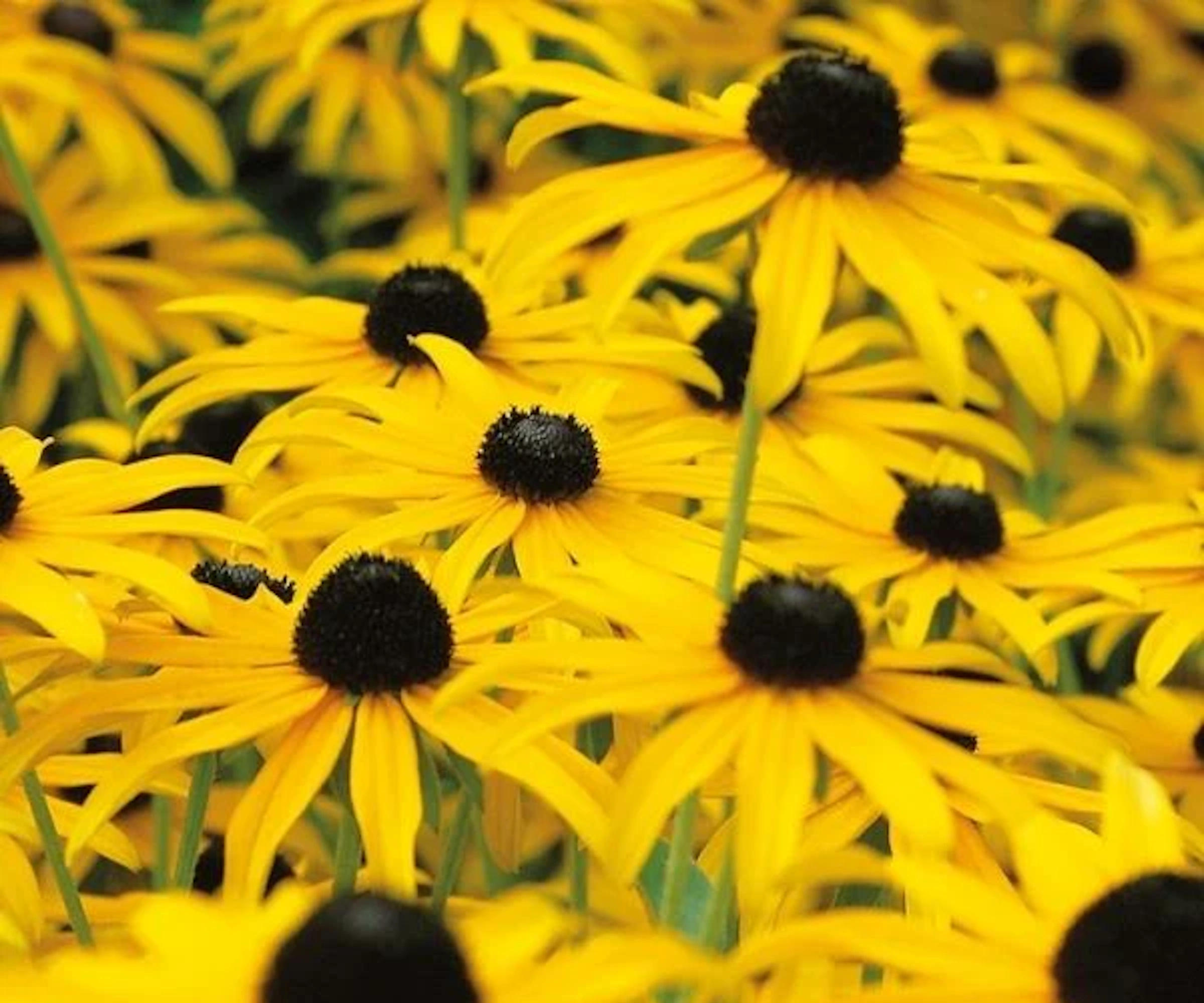
Black-eyed Susan, or Rudbeckia, is a popular perennial and ideal if you want to plant a prairie garden, as it's native to Central and Eastern North America. As well as offering vibrancy and color with minimal maintenance throughout the summer, the striking seedheads on these native wildflowers look attractive through the winter and provide food for birds too.
'I love black-eyed Susan as it provides long-lasting late summer color,' says David. 'It spreads on its own, requires minimal water and it stands out in a field of wild flowers. It's also versatile enough to use on its own in a single perennial bed.
'I like to plant them in multiples of three. The formation that they grow in is vertical and columnar, so they can look a little leggy and tall if there is only one plant. Although, my theory is that almost everything looks better in a clump.'
Whatever your style, it's possible to bring your garden ideas to life, without constantly tending to your plants and toiling in your yard. Plant these easy perennials and you can sit back and enjoy them year after year, with minimal effort or upkeep.
For another easy perennial to try, see our guide on how to grow marsh mallow plants, for tall spires full of brilliant blooms.
Sign up to the Homes & Gardens newsletter
Design expertise in your inbox – from inspiring decorating ideas and beautiful celebrity homes to practical gardening advice and shopping round-ups.
Jacky Parker is a freelance lifestyle journalist and writer, producing a wide range of features for magazines and websites. She has written for Homes & Gardens and its sister titles, Livingetc and Country Homes & Interiors for more than 15 years, both as a freelance contributor and staff member, regularly reporting on the latest interiors, gardens and lifestyle inspiration, speaking to experts in their respective fields and discovering the newest tips.
-
 How to grow sassafras – for a low-maintenance native tree that can even be planted in shady yards
How to grow sassafras – for a low-maintenance native tree that can even be planted in shady yardsFor an easy-to-grow North American tree, you will not find much better than sassafras
By Thomas Rutter
-
 'Big results before you know it' – Experts urge you to use the ‘Take Away 10’ method for simple decluttering with zero decision fatigue
'Big results before you know it' – Experts urge you to use the ‘Take Away 10’ method for simple decluttering with zero decision fatigueIt can cut hundreds of items from your home in just a few weeks
By Ottilie Blackhall